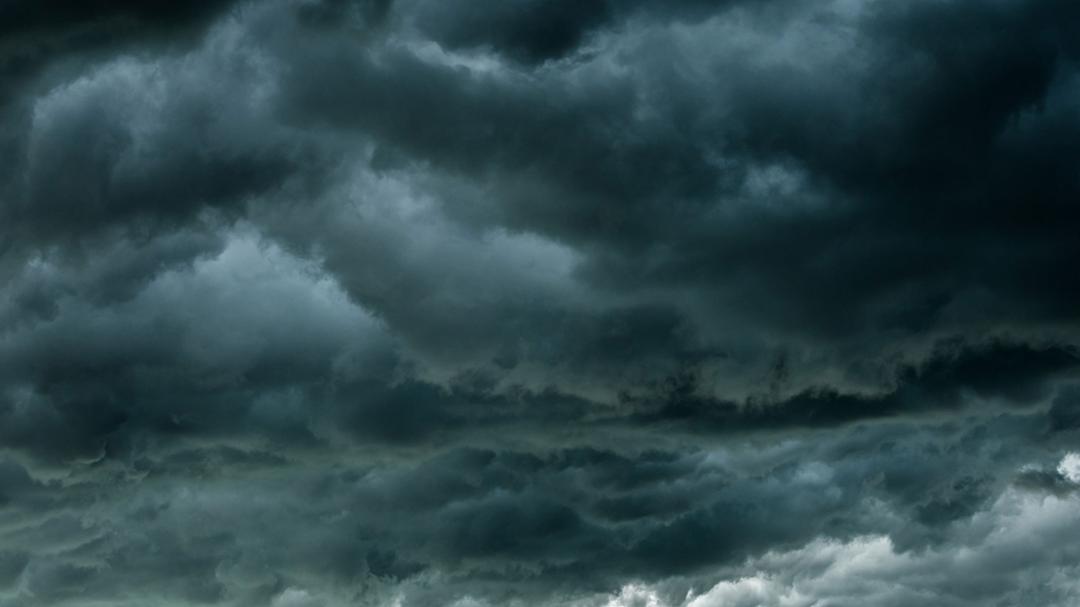Sandip Pal, Texas Tech researchers will use NASA grant to observe West Texas precipitation and other weather events.
Sandip Pal, assistant professor of Atmospheric Science in the Department of Geosciences at Texas Tech University, has been awarded a $590,000 grant from the Earth Science Division of NASA to observe and measure precipitation and aerosols in the area’s atmosphere.
The five-year project will collect data for comparative purposes with other parts of the world and fill in existing gaps in West Texas. It will give the scientific community a greater understanding of certain weather patterns and to better anticipate extreme weather events such as droughts, extended heat waves, high-wind events, hail, excessive precipitation and tornadoes.
The focus of the research, Pal said, is to quantify and understand precipitation patters in terms of amount, rate and type as well as aerosol loading types, phases and climate scale variabilities in a semi-arid region such as Lubbock. The project also will help foster engagement of undergraduate and graduate research scholars with backgrounds in science, technology, engineering and math (STEM) at Texas Tech to NASA’s surface-based measurement networks through classroom education and community outreach.
“This project has tremendous value,” Pal said. “It is collaborative with an extremely knowledgeable team from Texas Tech University. It also includes a strong outreach component via close collaboration with TTU-STEM-Core. Most importantly, though, Texas Tech will become part of the global network for measurements of this type for validating satellite measurements. We got involved within this NASA mission to make an impact.”
The project team, from the College of Arts & Sciences, also includes Eric Bruning, Karin Ardon-Dryer, John Schroeder and Christopher Weiss from the atmospheric sciences division in the Department of Geosciences, and Brian Hirth from Texas Tech’s National Wind Institute. The team will be integrated within science team members inside and outside the U.S. working on the same theme using ground-based and satellite-borne measurements. The instruments deployed at Texas Tech will be an important part of two important networks of NASA – Aerosol Robotic Network (AERONET) and Precipitation Measurement Validation Network.
“Historically, this has been a dry region,” Pal said, “and when it rains, sometimes it rains a lot. You might have 20 inches of rain in Lubbock all year with one event being 2 to 3 inches itself. We also need to know more about how the water and soil surface interact and the existing West Texas Mesonet will provide complementary measurements of different atmospheric parameters, including temperature, humidity, wind and precipitation.”
Also, he said, research work using combined aerosol, precipitation and meteorological measurements within this project when segregated according to weather types, severity, aerosol regimes, in particular, length of extreme poor visibility, will have important societal impact including people’s weather awareness related to poor air quality conditions and extreme rainfall events.
The project looks to gain a better understanding of weather and climate features in light of the increasing number of extreme weather-related events. According to statistics, weather and climate disasters between 1980 and 2019 resulted in $1.7 trillion in damage.
Pal said researchers need more data from more thorough observations to better understand variances and better prepare for future extreme events.
The team’s research work will take place primarily at Reese Center, west of Lubbock, where it will have the advantage of superior instrumentation and access to other data-collection tools.

“Reese is a huge difference maker,” Pal said. “We have several advantages here, including qualified technical personnel, state-of-the-art infrastructure, an almost complete skyview of the upper hemisphere without major obstacles to gather scanning measurements. We have the Reese Center, and we have the West Texas Mesonet, which includes more than 140 stations across West Texas. NASA clearly saw this place has huge value as far as placing instruments and collecting data.”
NASA also found another aspect of Pal’s proposal appealing – outreach to underserved students and plugging them into the research and regular classroom coursework.
The team sees the project as an opportunity to educate and train students from underserved populations in atmospheric science related research. The plan calls for in-class education and community outreach initiatives.
“We want to see grad students who do their degree work in this area and do so across eight semesters,” he said. “Eight semesters is a good number and should give us students learning and receiving training on how observations work as far compiling data and making efforts to validate satellite measurements. In addition, faculty involved in the project have committed to including material in their lecture materials.”
Work began with the fall semester last October. All data generated from the project will be shared with the scientific community.

“We are almost in a Goldilocks spot here in West Texas,” Pal said, “with the land west being dry and the land east being humid; we’re almost sitting at the interface. Lubbock has a very interesting climate, and that’s why this project was funded – the importance of this location.”
Likewise, the project will enhance and expand existing knowledge regarding atmospheric observations over dryland in general.
“It’s valuable for three reasons,” he said. “First, you are basically making validation of existing satellite measurements and regional scale or global scale climate models. Second, data could be ingested directly into the model in order to project the future. If you want to see a better future, you have to know a better present, and to have a better present, we need better and more high-resolution observations. Finally, observation develops new concepts and new avenues of scientific research.”
The information gleaned would then have a direct impact on meteorology in terms of more accurate forecasting prior to significant weather events.
“Meteorologists are working to save lives and prevent damage to property,” he said. “You can’t stop a hurricane or a tornado, but you can make better predictions. For better predictions, you need better observations, which will guide you to new knowledge.”

